Nopal - the healthy cactus!
Nopal is a green cactus, which is most commonly known simply as prickly pear. In Spain, it's called chumbera. It has thick, fleshy leaves
from which sweet, red, orange, or green fruits, called tuna, grow during the season. Prickly pear originates from South America and thus made its way to Europe in the 15th century.
Dostępne w sklepach słodkie i soczyste owoce spożywane są na surowo. Zawierają wiele składników odżywczych: wapń, fosfor i witaminę C. Miąższ jest gęsty i zawiera sporo pestek. Najczęściej wykorzystuje się je do produkcji, przetworów, galaretek, soków, czy olejków.
We often see prickly pears growing, and it never crossed my mind to try them, for example, in a salad or in a blended form. I read some literature, and ultimately, the nutritional benefits convinced me to give... cactus... a try.
The green parts were considered, especially in Mexico, as food for the poor. Nowadays, it's making a comeback not only because of its appreciated taste but also because nopal has been recognized as one of the healthiest plants on earth! It's rich in vitamins, especially A, C, B1, B2, B3, bioflavonoids, and minerals like calcium, potassium, magnesium, silicon, sodium, and iron. The World Health Organization has included nopal on the list of medicinal plants. It's often used in the treatment of obesity due to its high fiber content, and it also has a positive effect on the liver, lowers blood sugar levels, so it should be consumed by diabetics as well. It's used as an ingredient in many medicinal remedies and poultices. On the shelves in the cosmetic department, we can find soaps, creams, and other cosmetics containing cactus in their ingredients.
Peeling the cactus
Attention! The fruits have micro-spines, so it's important to be careful when handling them - it's best to use thick material or tongs to hold the fruit.
We handle them with care, mindful of the spines. We wash the pads in cold water and carefully remove each spine along with its base.
A few tried-and-tested recipes
Ze świeżo zmiksowanych “liści” szybko możemy przygotować “turbo” odżywczego szejka. Na pewno doda energii, nasyci i odżywi. Miąższ ma lekko gorzkawo-cierpki posmak, można osłodzić bananem, figami, daktylami, lub innymi słodszymi owocami dla kontrastu.
Cooking nopals:
We toss chopped nopales into a pot and add enough water to cover them. We cook over medium heat until they soften or until they change color from light green to olive. Cooking time can vary from 10 to 30 minutes, depending on the quantity and ripeness of the stems used. The cactus will gently foam and release a sort of gel during cooking; to reduce this, a bit of lemon juice can be added. A pinch of salt can be added for taste.
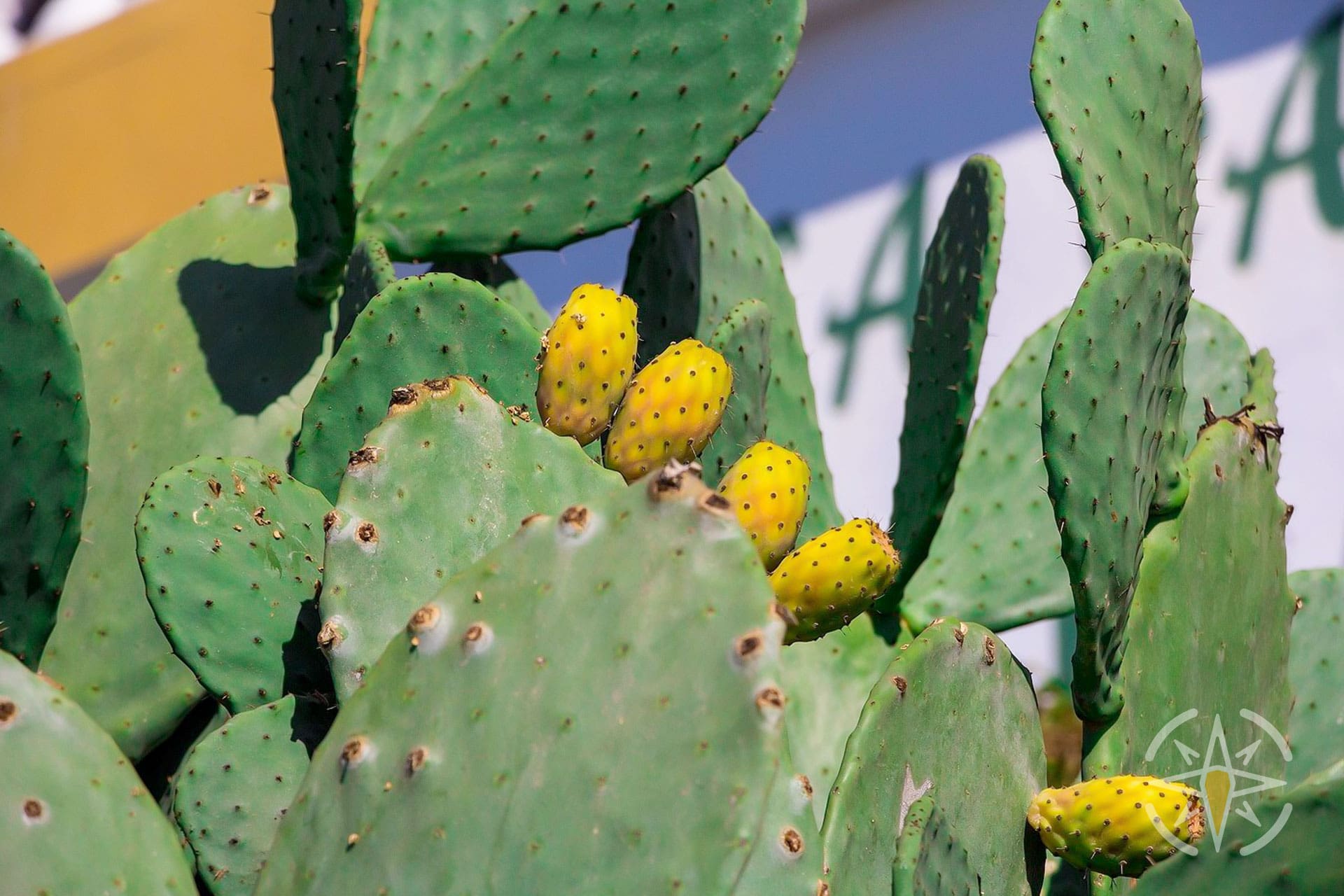
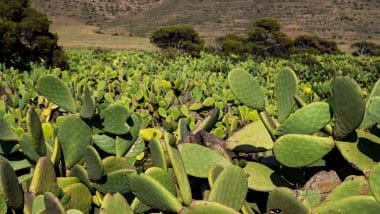
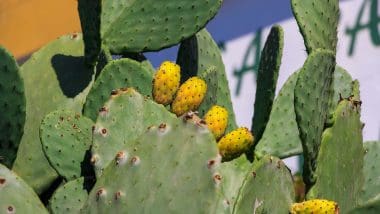
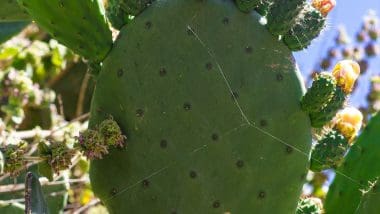
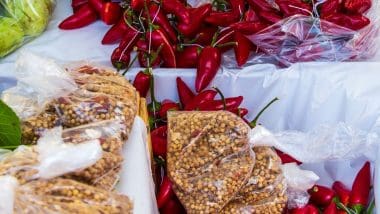
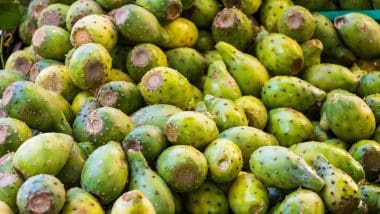
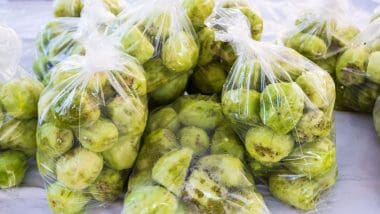
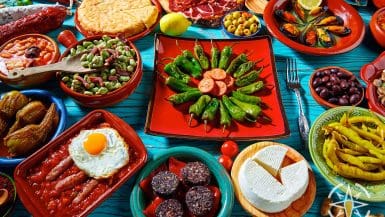


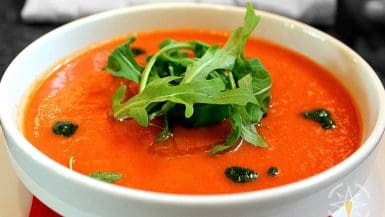
Leave a comment, ask a question...